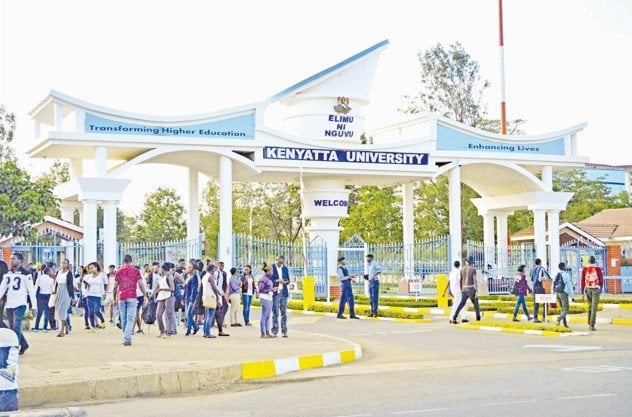Funding model must reflect needs of all students
By Print Correspondent, August 21, 2024Kenya’s recent shift to a New Funding Model (NFM) for university education has been, for all reasons and purposes, well intended.
The Higher Education Loans Board (HELB) and the Universities Fund (UF) have been tasked with implementing this model, which aims to classify government-sponsored students into funding bands based on their financial needs.
However, the transition from the previous block funding approach, known as the Differentiated Unit Cost (DUC), to the NFM has highlighted significant issues that require urgent attention.
The NFM was designed to be more student-centered, using the Means Testing Instrument (MTI) to assess students’ socio-economic status. This approach is built on key principles like accurate program cost analysis, equitable funding allocation, and sustainable financing. The model’s goal is to ensure fair and targeted financial support, transparent fee structures, and enhanced quality of education.
Equitable access to university education is a core promise of the NFM, which supposedly ensures that students receive support based on a comprehensive assessment of their needs. This includes direct financial aid, scholarships, loans, and special consideration for vulnerable groups such as students with disabilities, orphans, and those benefiting from affirmative action programs.
Despite the excellent intentions, the practical implementation of the NFM has raised serious concerns. The recent classification process has placed a majority of students in Band 4, which corresponds to households with incomes between Kshs 70,001 and Kshs 119,999. In the current economic climate, marked by high inflation, many families within this income bracket are struggling to make ends meet.
As a result, the financial support allocated to students in Band 4 (40 per cent scholarship, 30% tuition loan and Sh45,000 upkeep) has proven insufficient, leaving many unable to afford university education. This is because the 5 per cent household amount directly payable to the university by the students’ families on admission, is still beyond reach for most such families.
Even more troubling are reports of extremely needy students being misclassified into Band 4, effectively denying them the financial assistance they desperately need. This has sparked dismay and frustration among stakeholders, including parents, educators, and students, who are questioning the accuracy and fairness of the MTI used to determine funding band eligibility.’
There is a growing consensus that without these adjustments, the NFM may exacerbate existing inequalities in access to higher education rather than alleviate them.
Moreover, the impact of these funding challenges may extend beyond individual students to the universities themselves. With fewer students able to take up their places, institutions are likely to face declining enrollment numbers, which could have serious implications for their financial stability, sustainability and overall operation.
The government and relevant authorities have unofficially acknowledged the difficulties posed by the current implementation of the NFM and are reportedly considering revisions to better align the model with the needs of students. However, many believe that immediate action, with a parameter that takes care of inflation, is required to prevent further harm to students’ educational prospects.
As Kenya strives to improve its higher education system, the need for a funding model that truly reflects the needs of all students is more critical than ever.
Nonetheless, the Kenyan citizenry, appreciates the governments’ efforts to streamline higher education funding in the country. The NFM has given a lease of life to private universities, which had suffered under DUC arrangement to the extent that they were subsidizing tuition fees for government sponsored students placed therein.
— Writer is a Professor at the Department of Chemistry & Biochemistry University of Eldoret
